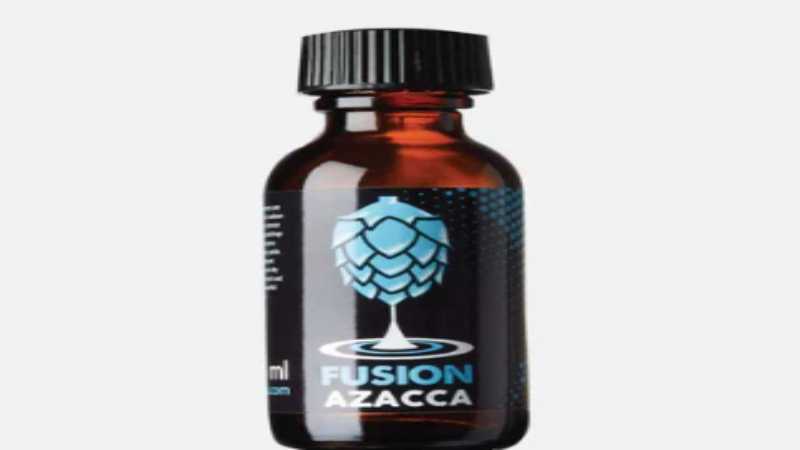Selective catalytic reduction
A selective catalytic reduction system consumes diesel exhaust fluid or DEF, along with a catalyst. The resulting solution is essential in lowering the nitrous oxide or NOx emissions. This makes for an eco-friendly option for truck and engine manufacturers.
How it happens
SCR relies on ammonia to reduce NOx emission levels generated during the diesel combustion, says Truck Trend. The emissions are broken down into water and nitrogen. DEF fills up a separate and dedicated tank on the engine’s vehicle chassis. During the process, it is injected from the tank right into the exhaust pipe. The pipe is located in front of the SCR catalyst so when it is heated, the diesel exhaust fluid turns into ammonia and CO2. Throughout the process, nitrogen oxide gases from the exhaust pipe will react with the ammonia that’s inside the catalyst. The result is that the NOx molecules are converted into harmless steam that escapes into the atmosphere.
Why go for SCR?
By opting for SCR systems, truck as well as engine makers can effectively reduce the amount of harmful gases released into the air. The technology is a whole lot safer and much more sustainable.
How much should you buy?
This largely depends on the size of the vehicles or trucks. Heavy-duty vehicles and medium-sized ones have a dosing rate of 2 to 3 percent. Use that as a guide to figure out what your dosing rate should be.
Where to buy DEF?
Diesel exhaust fluid is a primary component of the SCRT system. To make sure your SCR system provides you with optimum performance, make sure you go for quality DEF. A credible and reliable supplier is essential. Otherwise, you could end up with contaminated diesel exhaust fluid. Use of contaminated DEF is bad for your system and could deal extensive damage to your SCR catalyst or other parts of your system.
For more information, talk to a supplier today.

